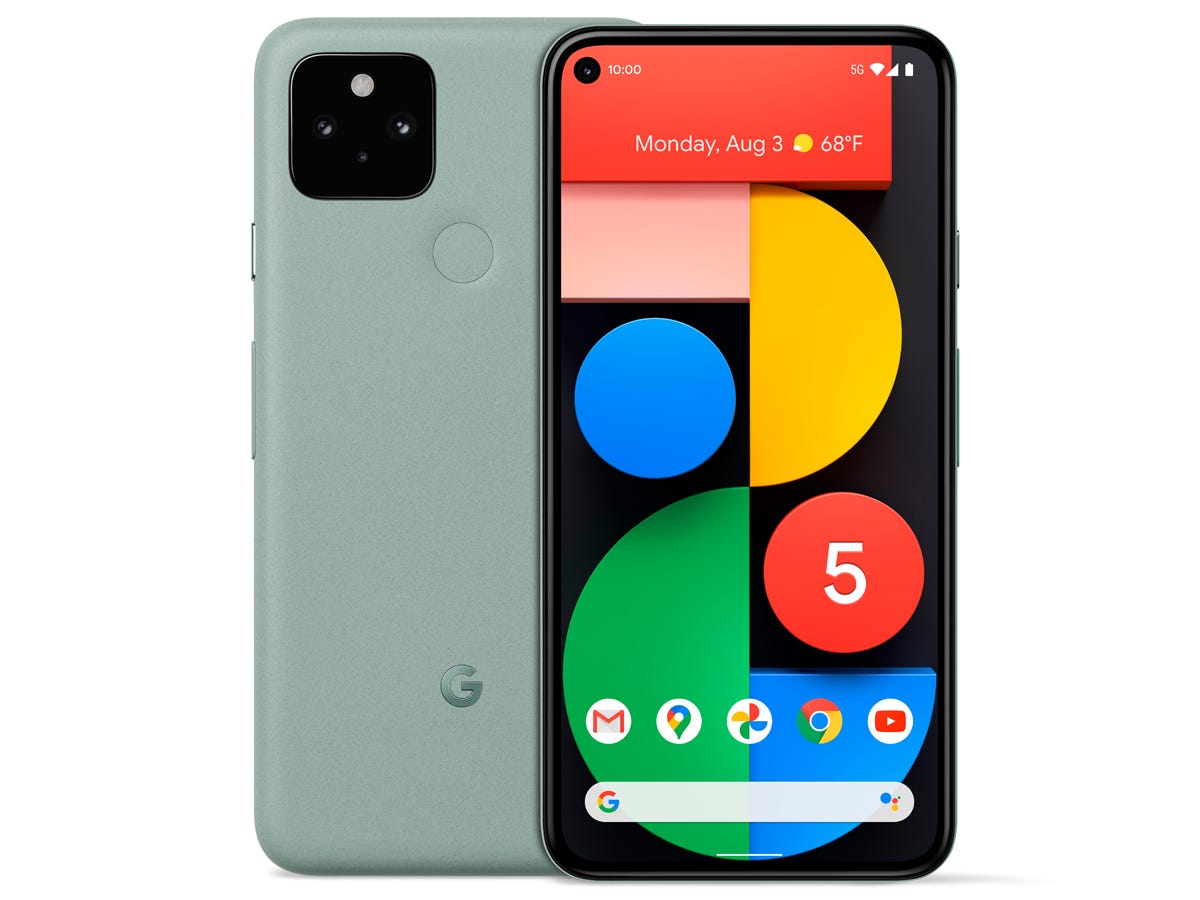
- Google unveiled the $700 Pixel 5 on Wednesday, one of its first 5G smartphones that’s launching at a lower price than last year’s Pixel 4 did.
- It’s built on the success of the Pixel 4a and 3a, as Google says its goal was to deliver affordability and 5G.
- But it’s also launching as the market for cheaper smartphones is getting more competitive with new low-cost models from Apple and Samsung.
- Visit Business Insider’s homepage for more stories.
Google made a big statement about how it hopes to differentiate its Pixel smartphones in an already crowded market: by offering lower prices.
Google took the wraps off its new Pixel 5 flagship on Wednesday, which starts at $700 and is among Google’s first phones to offer 5G support.
The Pixel 5’s $700 price tag might not seem unusually cheap compared to some of its rivals. But the fact that it’s the priciest phone in Google’s lineup, not a starting point, says a lot about the search giant’s approach to the industry.
“What the world doesn’t seem like it needs right now is another $1,000 phone,” Rick Osterloh, Google’s senior vice president of devices and services, said on a call with reporters on Wednesday.
Other than 5G, the Pixel 5 doesn’t offer much that’s new to the industry, marking a stark contrast from last year’s Pixel 4. The headline feature of that phone was its Motion Sense capabilities, which allow users to control the device using gestures without physically touching it.
But it also came with a higher starting price of $800. This year, Google is doubling down on value and catching up where the Pixel 4 fell short, particularly when it comes to its camera and battery life.
Google isn't finished with its Soli technology, the miniature radar it built into the Pixel 4 that powers its motion sensing features, according to Osterloh. But it's focus for 2020 is on delivering 5G at an accessible price. Early phones that supported 5G all came at a premium price, but that's started to shift over the past year as companies like Samsung and OnePlus have launched affordable 5G devices.
"I'm really glad we built these technologies, they'll be used in the future," he said. "But they're very expensive, and so we wanted to try to offer a lot of value this year and that's what we did."
To accomplish this, Google is building off the success of its cheaper A-series line of devices. Last year's $400 Pixel 3a became the best-selling unlocked phone on Amazon in the US shortly following its launch. It released a follow-up to that phone in August, the $350 Pixel 3a, and on Wednesday introduced a 5G version for $500.
"I think the easiest way to think about it is: Pixel 4a, I think, has done a great job of delivering the essential smartphone elements," Osterloh said. "And we built out from that."
Google's Pixel 3a and 4a have earned praise from tech critics, but the competition for cheaper smartphones has only increased since the 3a's launch last May. Apple introduced a direct rival in its $400 iPhone SE, which it began selling in April. One analyst also expects it to launch a cheaper version of the upcoming iPhone 12 without 5G in 2021.
Samsung is also launching the Galaxy S20 Fan Edition, a $700 version of its flagship phone that comes with differences in terms of its design and camera.
Still, that doesn't mean Google is completely done with high-end phones.
"I wouldn't rule it out," Osterloh said in response to a question about whether Google would compete in the $1,000 smartphone market again. "Certainly what we announced today is where we're at right now."

